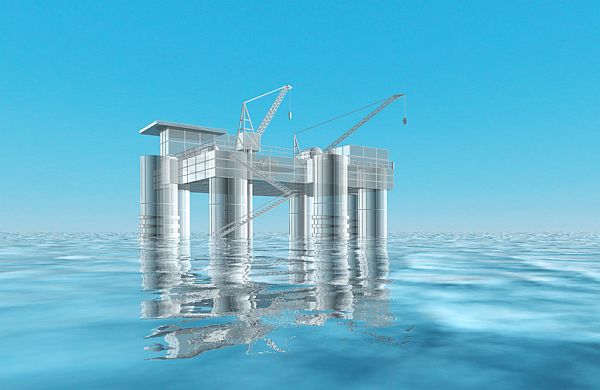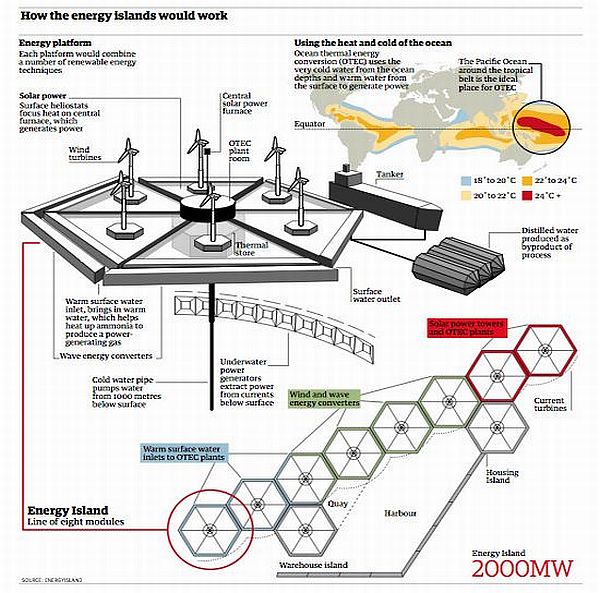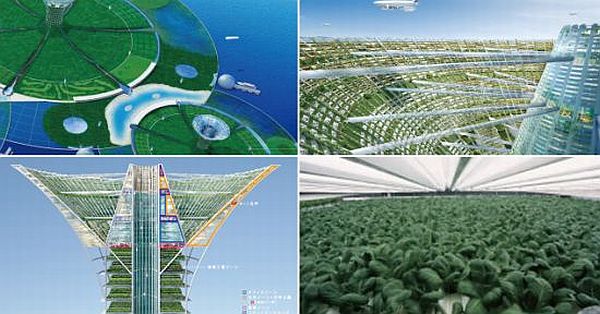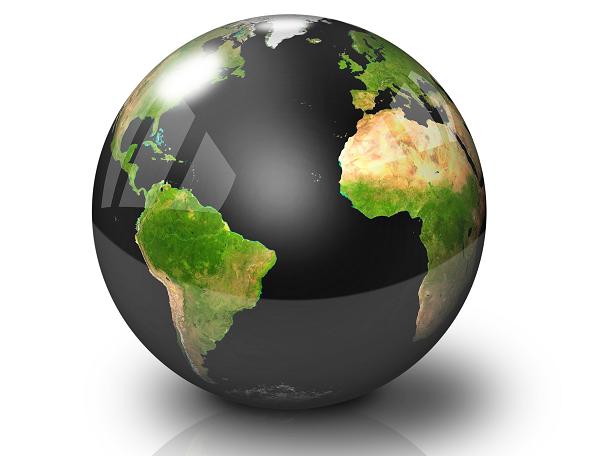
The popular method of harvesting energy is by collecting sunâs energy on solar energy collectors. But in the desire of developing alternate recyclable energy source, a French physicist Jacques dâArsonoval anticipated the method of generating energy from ocean, more than hundred years ago. The technology named as Ocean Thermal Energy Conversion (OTEC) is the method of operating heat generators by making use of temperature variations between upper water levels and lower water levels in the sea. In 1930, OTEC plant was created in Cuba which was capable of generating approximately 20KW of electricity operating on low pressure turbines. The scientists all over the world are trying to invent new techniques to explore OTEC technology. The scientists wish to construct an arrangement of floating platforms which along with being equipped with OTEC will also have power generators for wind and wave turbines. This platform is expected to produce around 260MW of energy. But we need to keep each and every environmental as well as human aspect in mind. The prospect of the OTEC projects might also be negatively affected by welfare of the fisheries groups.
Need for change
Every good thing has some adverse effects. OTEC technology also brings some serious questions to the front. One of these questions is whether it is possible to convert this concept into feasible state in near future keeping in mind the price of electricity which is quite less in case of conventional electricity generating methods. Another problem arises because of the temperature difference which should be minimum 20 degrees throughout the year and ocean depths quite near to the sea shores. Another environmental issue is that setting up OTEC will lead to damage of reefs which will severely affect the marine ecosystem.
Whatâs next?
1. Energy Island

Whatâs new?
Energy Islands are floating modular platforms capable of generating renewable energy by incorporating solar thermal towers, photovoltaic, ocean current energy turbines, wind turbines, wave energy and OTEC technology. Each island has a plant at the center that transforms heat from sea into electricity and also from drinking water. These islands are made on floating platforms. The complete set up offers a sustainable ocean living having underneath deck with marine turbines to produce energy from undersea currents and floating devices at the edge to create wave power.
What difference will it make?
The estimates have been made that each island will be capable of producing 250MW of energy. Food farms and houses for workers will complete the settlement and energy will be to be transferred to be used on the nearby populated landmass.
2. Ocean waters off Hawaii

Whatâs new?
Researchers at the University of Hawaii have declared that a huge amount of ocean renewable energy can be produced from downside of Hawaiian Islands. This plant will not make use of oceanâs kinetic energy but instead use the temperature variation in the upper and lower layers of ocean waters. The aim is to use temperature difference between cold water found at ocean depths and hot water on the surface. This difference will be used to run gigantic heat engines which will then create sturdy amounts of renewable energy. The simple rationale behind the process is that the heat flows from the hot source to the cold one and the larger the temperature difference the more is energy produced.
What difference will it make?
Though this technology has been adopted because of the cost issues as cost of producing energy is less using conventional sources but one degree Celsius more temperature difference in ocean waters of Hawaii will generate 15 percent more energy than power plants.
3. Green Float

Whatâs next?
The scientists and researchers in Japan are working on a project named as Green Float project. There will be a tower 1 km tall with a vertical farm balanced on floating platform. The plant has been given its name inspired by a lily floating on water. The location will be chosen with maximum sunshine and least impact of typhoons. The city will make residential area for around 30,000 inhabitants. The temperature of about 26-28 degrees will make a pleasant living place with water side resorts for those who would not like to live high. The island will have approximate diameter of 3 km and will be self sufficient. Power will be generated using natural sources like ocean thermal energy conversion, wave, wind and solar energy.
What difference will it make?
The whole advancement will be eco friendly with minimum CO2 emissions. This efficient sustainable city concept will be powered in a green way by renewable energy.




